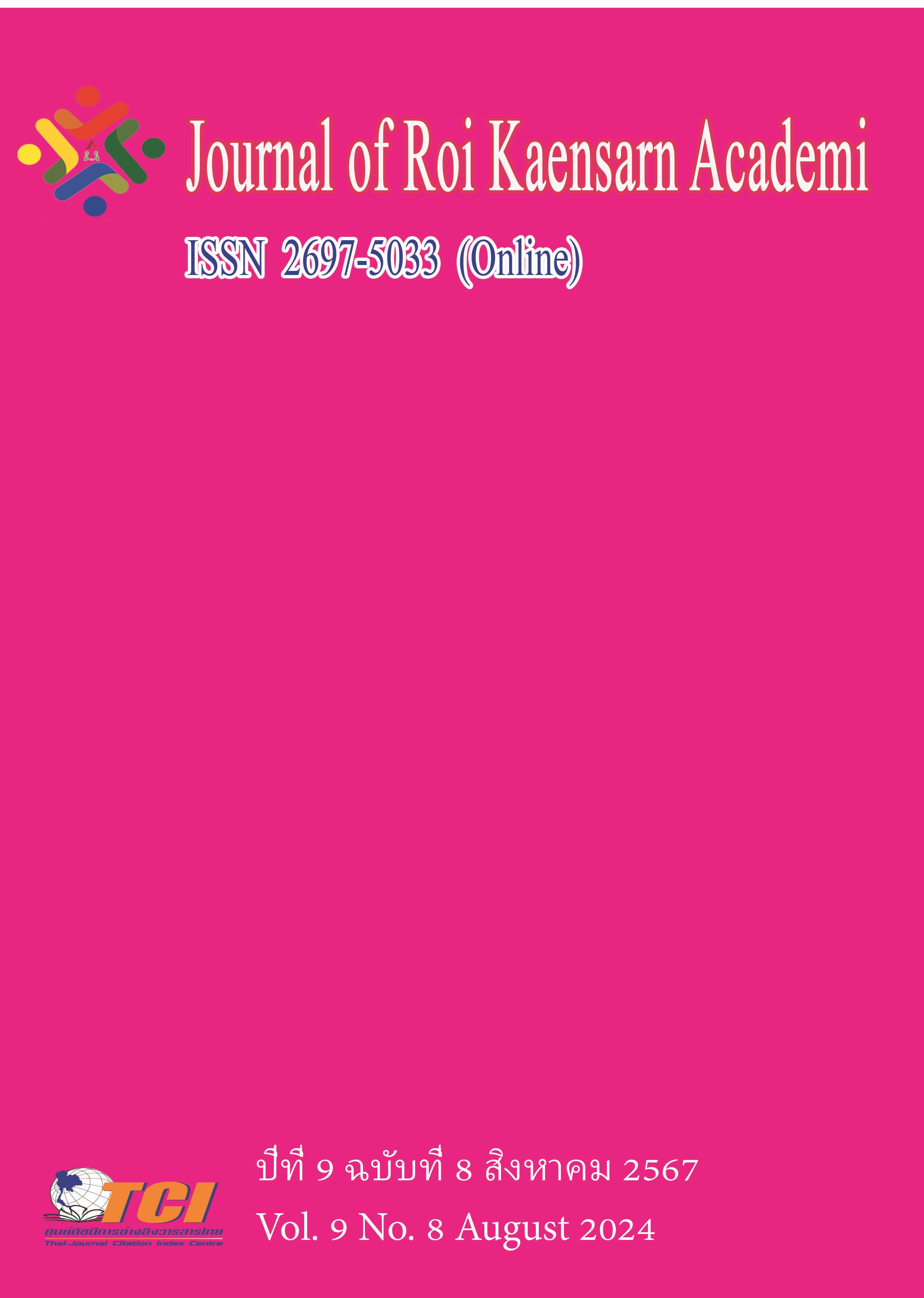Constructing the Pinghu’s Pipa Musical Style of Zhejiang Guidebook for Promotion
Main Article Content
บทคัดย่อ
There are many types of Chinese music. In terms of instrumental performance, the forms are divided into solo and ensemble types. The style is even more diverse. It can be seen from the "Chinese Music Dadian·Literary Theory" compiled by the Chinese National Orchestral Society that since the Qing Dynasty, the pipa has evolved in terms of performance techniques, teacher inheritance, secondary creation characteristics of the repertoire, and the number of audiences and time. The schools are divided into "Zhejiang School (also known as the Southern School)", "Zhili School (also known as the Northern School)", "Yisuzi", "Shanghai Pudong School", "Chongming School", "Wuxi School" and "Pinghu School" There are a total of 9 style schools, "Zhucheng School" and "Wang School".Today, the boundaries between pipa genres are becoming less and less clear, and the differences between genres are gradually declining. After nearly half a century of development, the style boundaries between modern pipa schools have become increasingly blurred. Pipa performance and composition increasingly emphasize the difficulty and height of skills, while ignoring the traditional charm and connotation.Among the schools that have been destroyed, the Pinghu School does not have an inheritance system like the Wang School, Chongming School, and Pudong School in China. Most of the inheritors of the Pinghu School are scattered in various places in China and are about to face a state of having no successors.
Article Details
เอกสารอ้างอิง
Li Qinghui. (2014). Pinghu School Pipa. HangZhou. Photographed by Zhejiang Press
Wu Huijuan. (2015). Research on Chinese Pipa Music in the 20th Century. Culture and Art Press.
Chen Zemin. (2013). Collection of Chen Zemin's Pipa Essays. Central Conservatory of Music Press.
Zhu Yunjing, & Yang Shaoyi. (1990). Thirteen Pipa Songs of the Pinghu School. People's Music Publishing House.
Yin Huilin, & Yang Yusun. (1982). A brief discussion on the characteristics of pipa art of Li Fangyuan School in Pinghu. Journal of Xinghai Conservatory of Music (4), 5.
Xu Rongye. (2020). The inheritance and development of Pinghu School Pipa art - looking at the advantages of multiple versions from the artistic characteristics of "Yulun Pao".Journal of Tianjin Conservatory of Music (3), 19.

